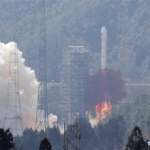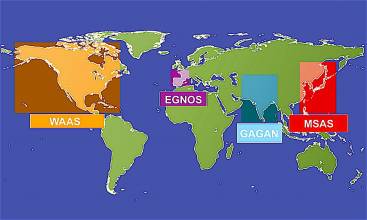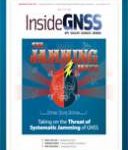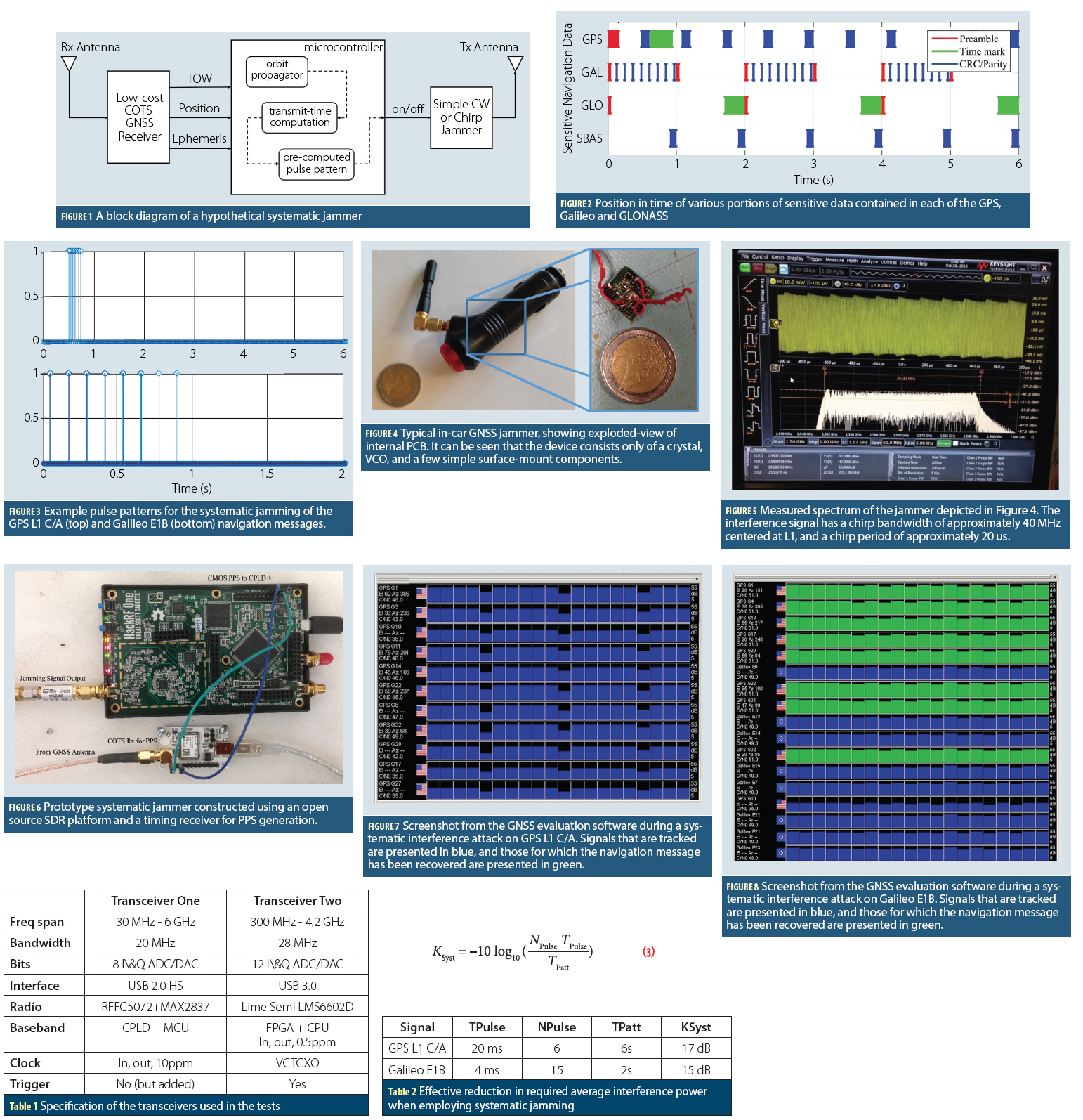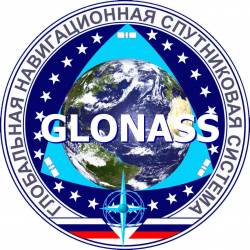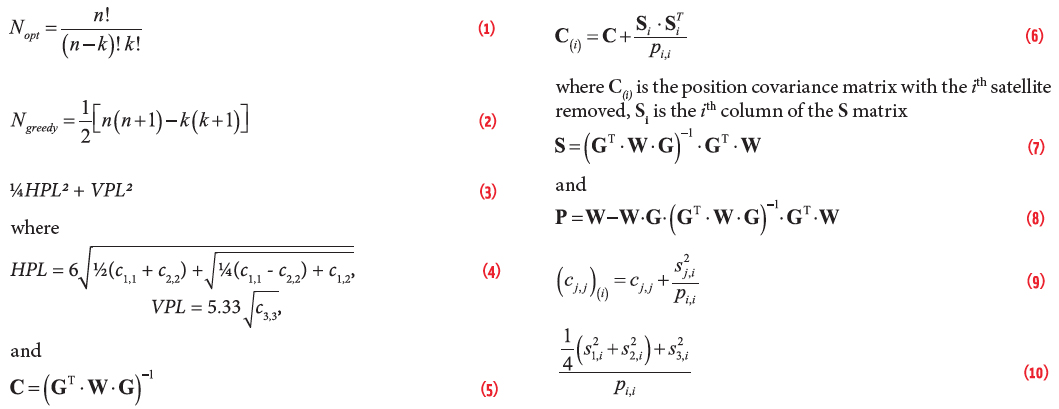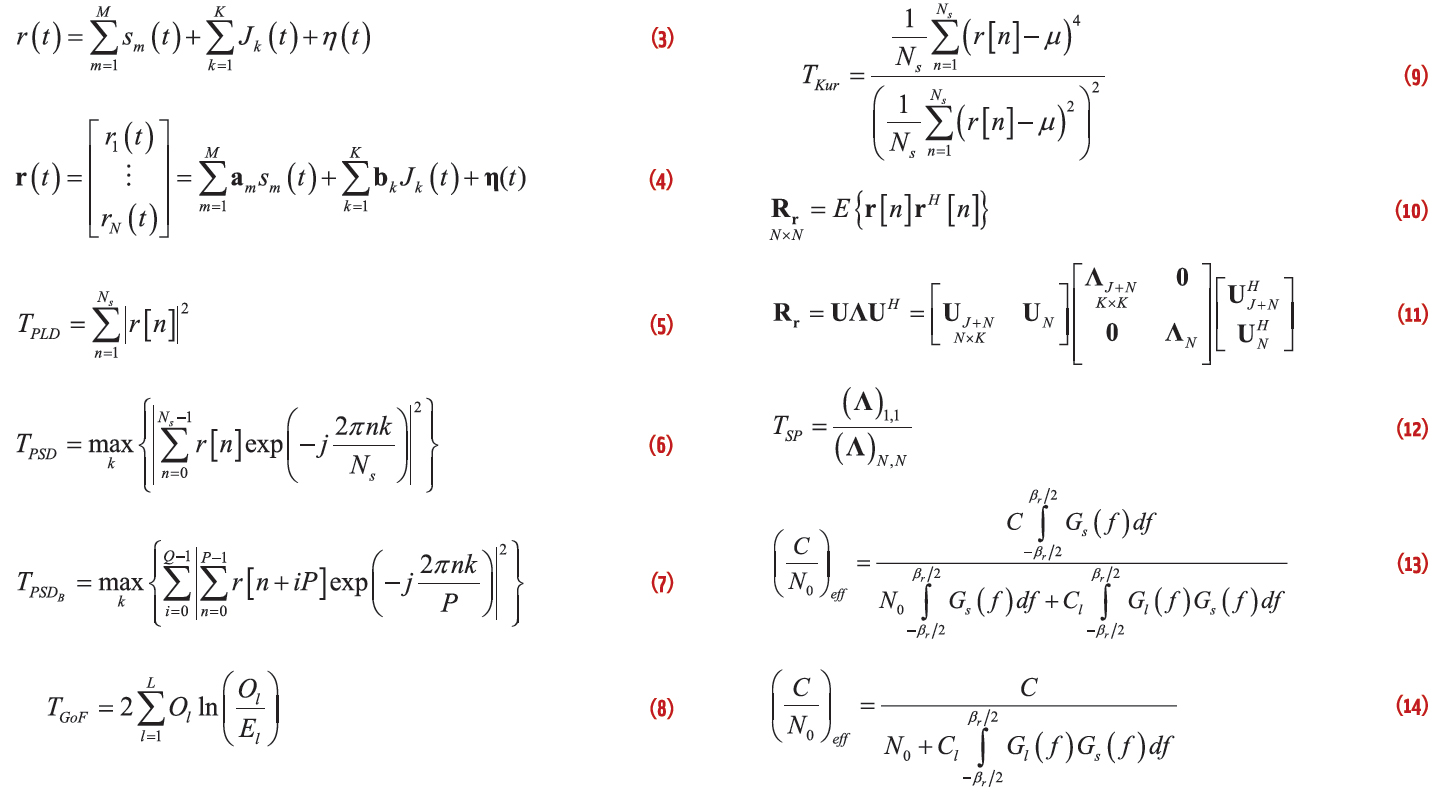Commercial UAV EXPO Returns to Las Vegas in October
Commercial UAV EXPO Americas 2018 takes place October 1-3 at The Westgate in Las Vegas, Nevada. If you register by May 31, you can save $300 and also enter for a chance to win two free hotel nights.
A successful drone operation depends on reliable and up-to-the minute information. It’s not easy to keep up when the technology and regulations are constantly evolving. Fortunately, this event brings together the key people, the newest technology and the education you need for success — Commercial UAV Expo Americas.
Here’s a sample of the conference programming:
Plenaries:
- Regulatory & UTM Updates
- IPP Update & Progress to Date
- Powering Drones — Latest Developments
- Security: Data, Hacking, Counter-Drone & Privacy
- Drone Programs: In-House or Outsource?
- Urban Air Mobility: What the Sky will Look Like in the Future
Vertical Industry “Deep-Dive” Tracks:
- Construction
- DOTs & Infrastructure
- Mining & Aggregates
- Precision Agriculture
- Process & Power
- Public Safety
- Surveying & Mapping
- Utilities
- Wind Turbines, Cell Towers, Large-Scale Solar
Below is a selection of confirmed speakers:
|
|
Precision measurement professionals rely on Commercial UAV Expo to deliver the high-level content and quality programming they need for complex projects.
Check www.expouav.com for continual updates and here to register.
By Inside GNSS



